Introduction
Monitors continue to get bigger and bigger, with the biggest stretching all the way up to 55” and 57” in various form factors. Personally, I feel constrained working on a single monitor and believe I’ve adapted well to working with two or more monitors for the past two decades. Sometimes, however, I still wonder how additional screens may further improve my productivity. After reviewing MScreen’s Kickstarter campaign, I was certainly enamored by what they were building.
The Kickstarter campaign’s primary product was a 14” display featuring a 32:9 display ratio with a 1920×550 resolution, and the MScreen Mini isn’t really mentioned until about halfway through their campaign description. Both displays feature IPS screens, aluminum enclosures, USB-power, and mini-HDMI for display. The 14” display is VESA mount compatible, while the 8.8” mini has T-tracks for mounting purposes.
The Kickstarter campaign was quite successful, pulling in nearly 1,500 backers and over $300,000 in funding. Unfortunately due to continued COVID outbreaks in China and other undisclosed reasons, the company failed to meet their original delivery timeline of October 2022 and it wasn’t until several months into 2023 that units began to ship to backers. While the Mini 8.8” models were eventually delivered to backers, MScreen was unable to secure enough of the 14” IPS panels to meet backer demand.
Rather than abandon the 14” product, MScreen was able to obtain 12” panels and ship these to backers. While not the product they backed, at least they received a product for their monetary support. When backing any Kickstarter or Indiegogo campaign, always remember there is zero guarantee that a Kickstarter campaign will be successful, and you are not entitled to a refund.
Features & Specifications
|
MScreen Standard |
MScreen Mini |
|
|
Display Size |
14. 1inch |
8.8inch |
|
Resolution |
1920*550 |
1920*480 |
|
Refresh Rate |
60Hz |
60Hz |
|
Color |
16.7M Color |
16.7M Color |
|
RGB Color Spaces |
100%sRGB |
50%NTSC |
|
Contrast Ratio |
1200:1 |
800:1 |
|
Screen Luminance |
400cd/m2 |
600cd/m² |
|
Materials |
Aluminum |
Aluminum |
|
Net Weight |
1.21lb/0.55kg |
0.53lb / 0.24kg |
|
Dimention |
14*4.9*0.6inch 357*126*15.5mm |
9.4*2.7*0.63inch 238*70*16mm |
|
Ports |
Micro-USB Mini-HDMI |
Micro-USB Mini-HDMI |
|
Power |
5v0.5a |
5v0.5a |
|
VESA Mount |
75 X 75mm |
– |
It is important to note that the manufacturer did swap out the micro-USB port with a USB-C port after feedback from backers.
Packaging and Appearance
The MScreen Mini arrived in a very basic brown cardboard box, with printed black text. Despite this relatively generic packaging, the display was very well protected inside with packing foam. The foam provided more than ample protection for the display, and the display itself was wrapped in a soft-plastic wrapper.
Under the display was another layer of packaging foam, this time containing the cables and accessories for the unit. It looked like this piece of foam may have been re-used from another product, as the cables were simply placed in the largest area. It looks like this piece of foam was meant to ship with some kind of USB or display dongle.
The screen itself comes with a peel-off protector. The top and sides of the display are smooth, lacking any connectors or buttons. On the rear, there are two rails for mounting the display, and the USB-C and mini-HDMI are in a recessed cubby, allowing for the cables to be hidden instead of sticking out of the side.
Usage
The MScreen Mini requires two cables to operate. While the original project promised power via micro USB, the company upgraded this to USB-C due to the comments on the campaign. The comments were actually calling on them to enable video and power over USB-C, so this wasn’t so much an upgrade as just a port change. Video will always be delivered through a separate mini HDMI port.
The display is detected on Windows and Linux without any problems. The dimensions of the screen limit what the screen can be used for, especially considering it doesn’t follow any standard form factor. Full-screen video will leave black bars on both sizes, and it is far too small for any kind of serious gaming. Using the screen to monitor the system it’s connected to may be the best usage case for the display.
Conclusion
As an 8.8” ultra-wide display, the MScreen Mini belongs in a very specific niche of displays. Unfortunately it lacks a standard mounting system (such as VESA), and is quite thick for what it is. For a display that is essentially any oversized phone screen, it would have been nice to have a more streamlined enclosure. This unit feels like a display and control board that could be purchased off Aliexpress which was put in the simplest enclosure possible.
I feel it’s too small to assist with any kind of productivity, and would be best suited for showing system health, or some other kind of widget like a “Currently Playing” widget. It would be phenomenal for the original Winamp music player, or Xmms or gkrellm2 on Linux.
That being said, the screen is small enough that it could be placed inside a PC case and configured to place a movie, pattern, or show system health statistics. Despite these shortcomings, it is quite bright and everything on it looks crisp.
I do wonder if the original 14” MScreen display, had it shipped, would have been a better product and lived up to the promise from the crowdfunding campaign of improved multitasking. While I am happy the product was funded and the company was able to deliver on some of their promises, this 8.8” MScreen Mini feels more like a novelty than an assistive product.
Find it on Amazon
2.75 / 5.0
OVERALL RATING
5.0
Compatibility
2.0
Features / Purpose
3.0
Ease of Use
1.0
Aesthetics
Pros:
- Works
Cons:
- Bulky
- Requires



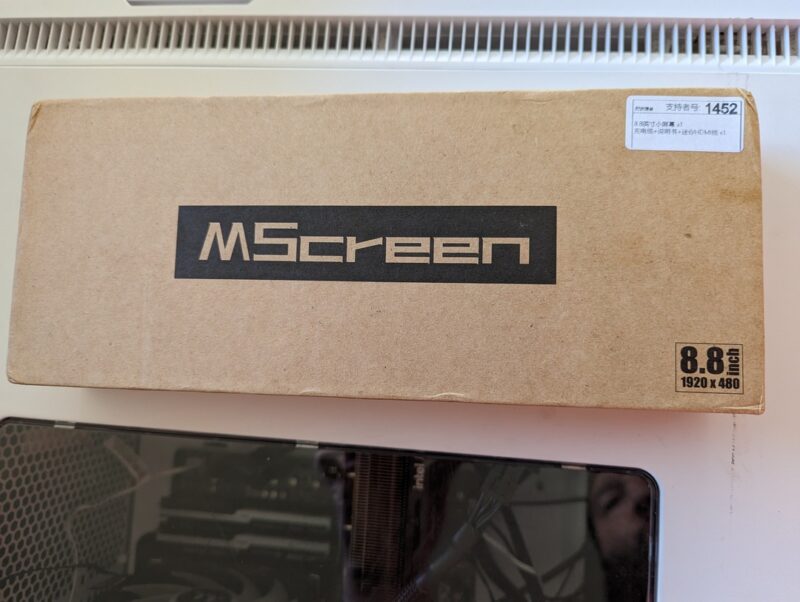
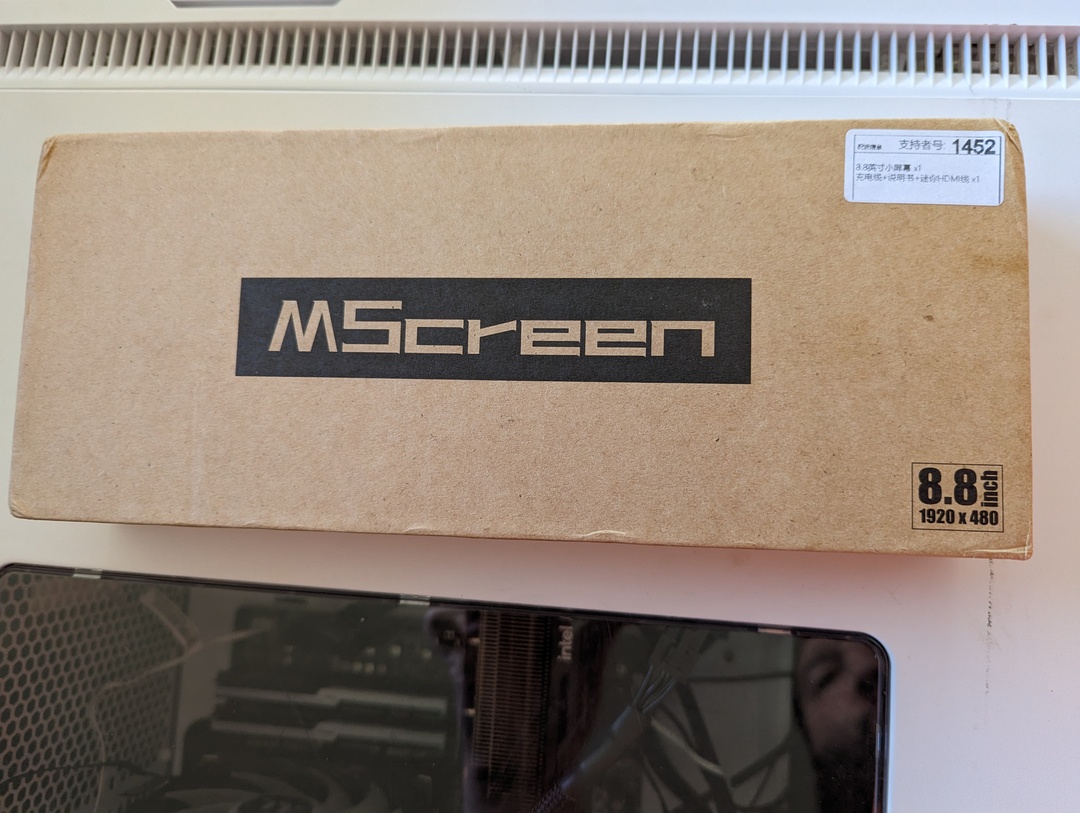
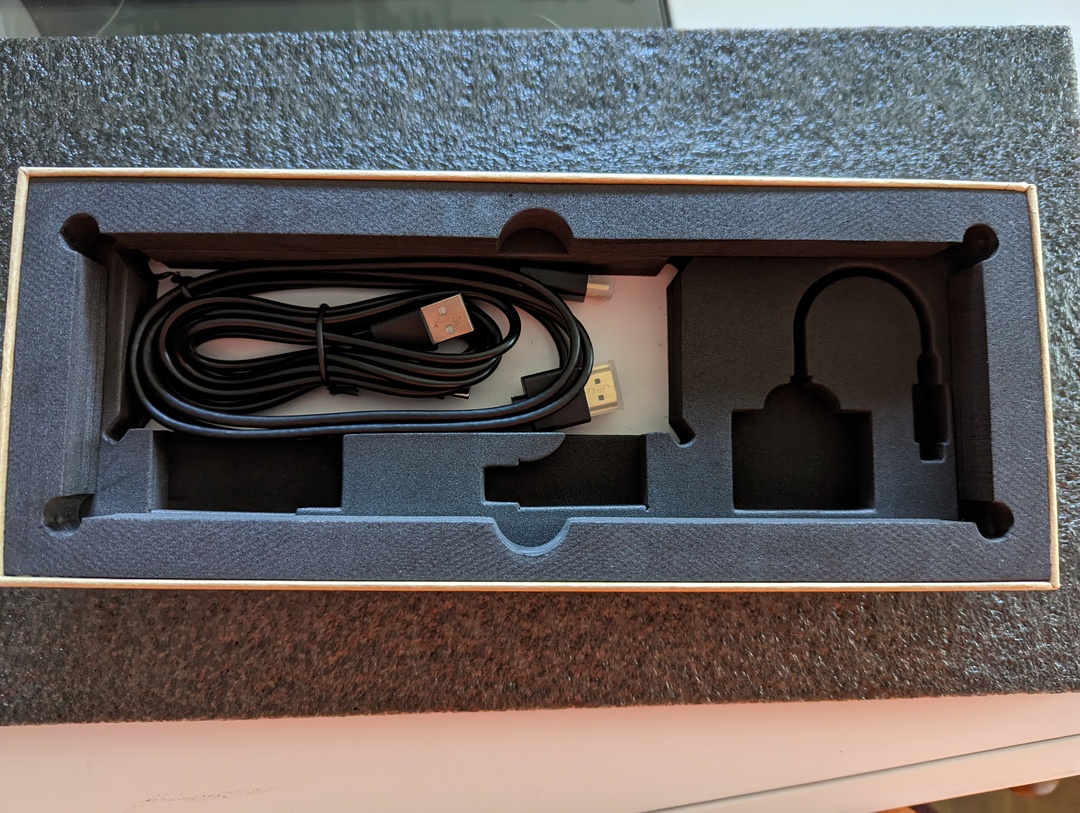
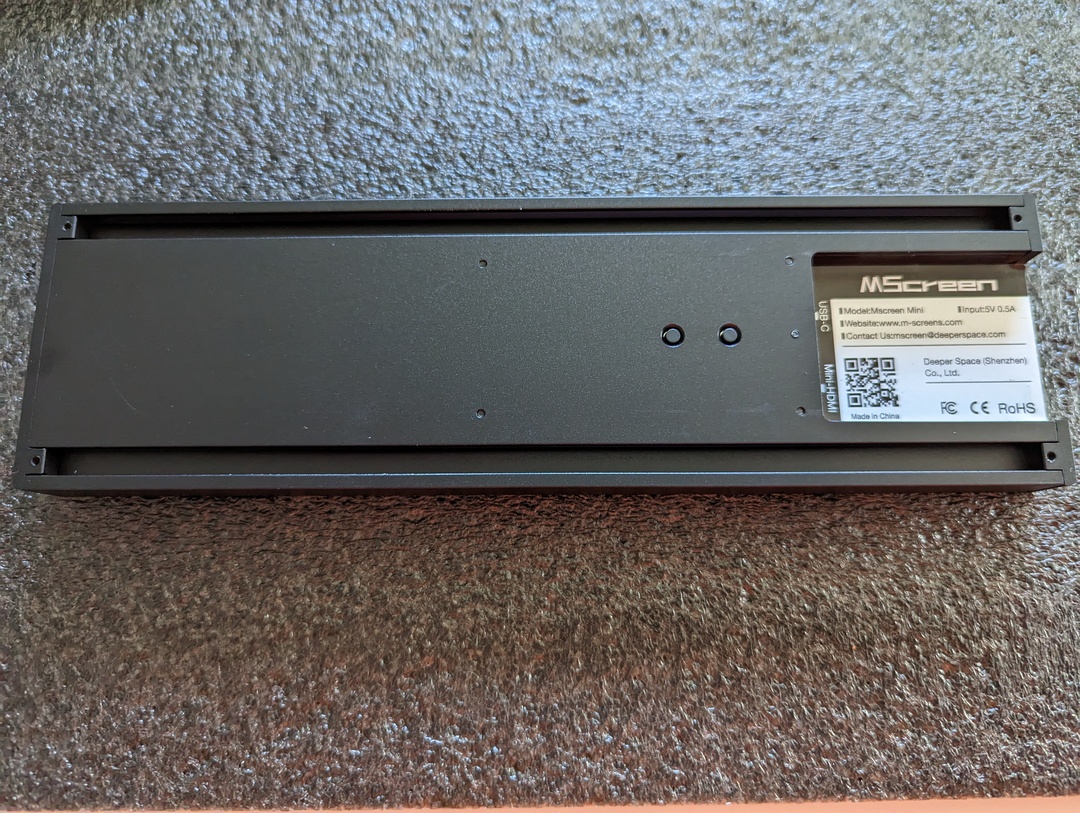
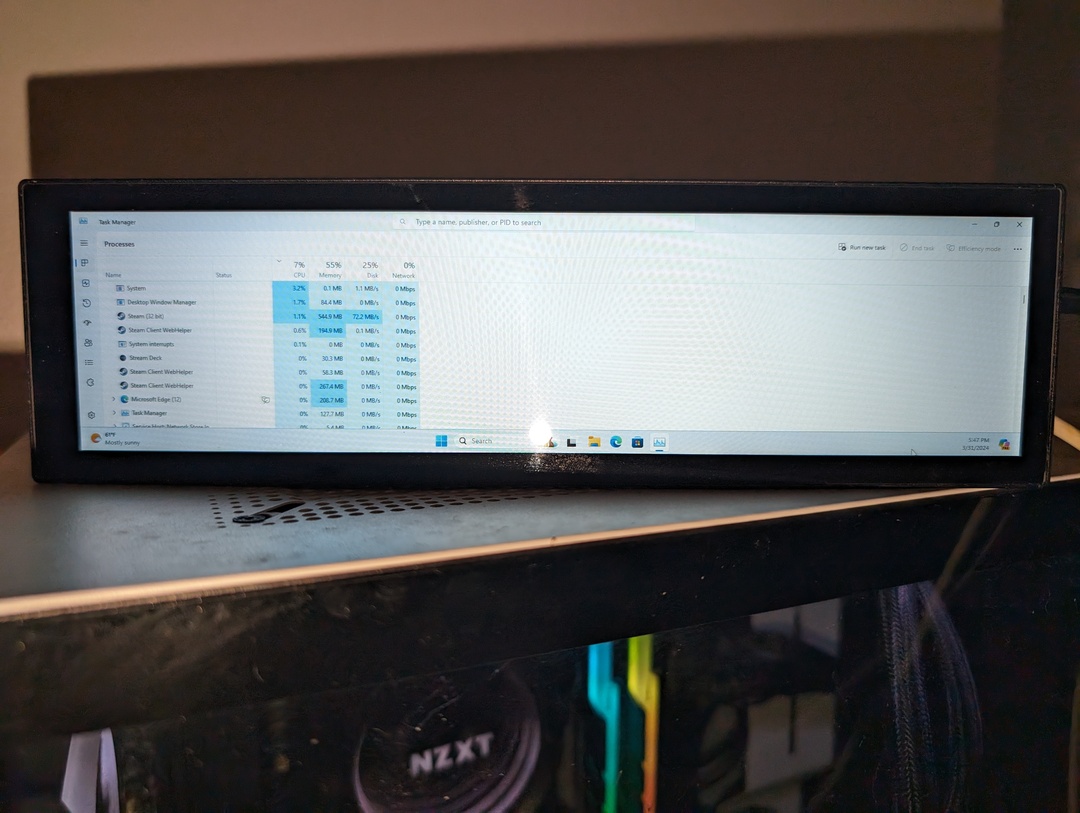



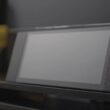

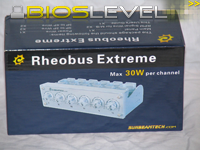
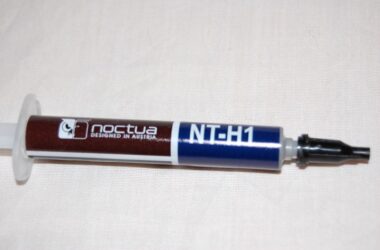
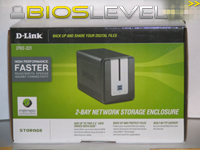
1 comment